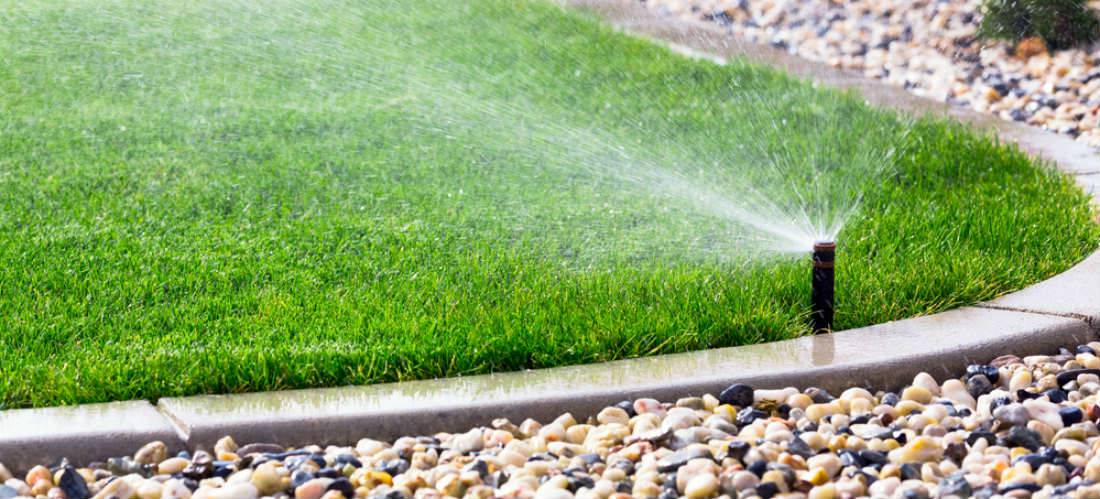During the summer, sprinkler systems are very helpful in your yard or front lawn, especially for keeping your grass and other plants alive. However, when winter kicks in, your sprinkler systems might probably need a break—and definitely some protection from the biting cold.
It may become a problem if you don’t deal with your sprinkler system before the first snowfall. Not sure how to “winterize” your sprinkler system? Read on for surefire techniques that you can do and follow!

1) The Manual Drain Valve Method
The key to effective winterizing is to do thorough draining prior to doing other procedures. Draining is important as this ensures that all the water that’s been left in the pipes would be taken out before freezing occurs. The last thing that you would want is frozen water in your sprinkler systems, as this could be quite difficult to manage and can do extensive damage to your pipes and valves.
The Manual Drain Valve Method involves the installation of the manual drain valve on the mainline of the sprinkler system (its lowest point). If there is more than one low point, additional drain valves would definitely be needed. The mainline is where the water usually gets collected so draining must start from here. Before starting with the procedure, you must first wear proper eye protection as the pipes may be highly pressurized; if you’re not careful enough, you might end up injuring yourself.
Turn off the sprinkler system shut off valve. Relieve pressure by opening one of the control valves; slowly open the manual drain valve. Just make sure to determine first what style of valve you have—the draining procedure depends on what type it is. Also, remember to leave the valves in a manual open position to prevent re-pressurizing when winter comes.
2) The Automatic Drain Valve Method
This procedure is the exact opposite of the Manual Drain Valve method—the Automatic Drain Valve method is not meant to be used on mainlines. It involves the removal of water from the lateral pipe networks, which usually run from the system control valves to the sprinkler heads. What you need to keep in mind about automatic drains is that they should be installed in a downstream position from the sprinkler control valves. Every time you shut off the system, the drain valve will automatically open. This method is obviously easier to use compared to the manual draining technique—but this can be quite trickier. The valve should be precisely installed so that excess water can be drained effectively.

3) Winterizing Sprinkler System Components
It is equally important to pay close attention to your sprinkler system’s components, namely the sprinkler head, the backflow preventer, and the timer.
For the sprinkler head, you’re lucky if you have automatic drain valves installed—once the system is shut off, water is automatically drained from the sprinkler lines and the sprinkler heads as well. On the other hand, sprinkler heads that have side and bottom pipe inlets might need to be air-dried so they can be thoroughly winterized.
As for the backflow preventers, shutoff valves should be left open after the system has been drained. If you’re using a ball-type shutoff valve, don’t forget to leave it angled at 45 degrees so water won’t flow towards the seal. Insulation could also be helpful—specially-designed tapes could keep damage at bay in extreme weather conditions.
Check with your sprinkler systems manufacturer about the appropriate winterizing method for the type of timer that you have.
Win Some Peace of Mind through Winterizing
Sprinkler systems require meticulous planning and careful handling when they’re being winterized. Winterizing them would ensure that they can withstand the coming icy months. Having the suitable equipment and following the right directions while doing it would spare you from the hassle of having damaged sprinklers—and even save you lots of cash!













Write a Comment